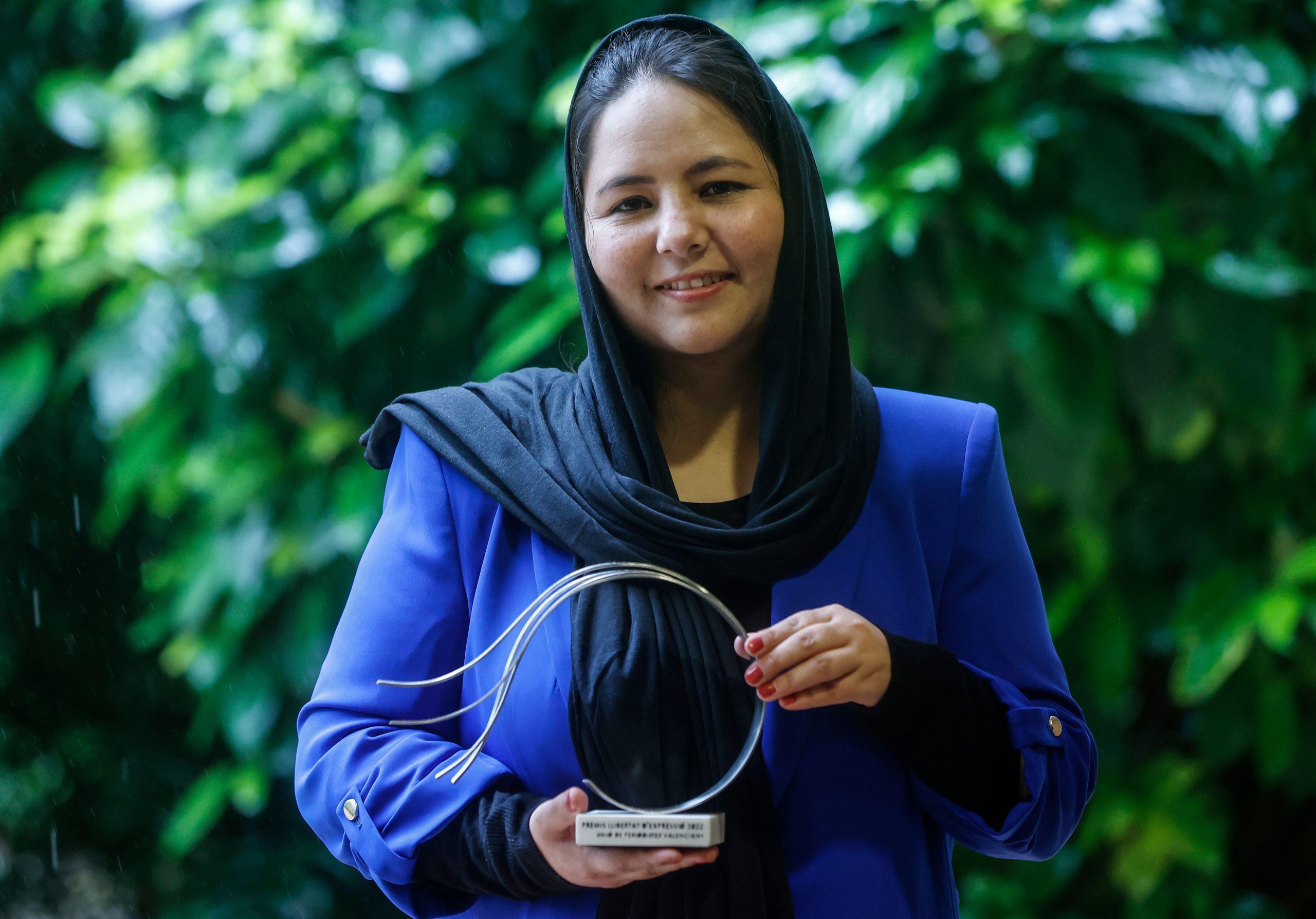
The delicate balance of Malaysia’s inter-ethnic politics has come under threat from an unexpected source and the response from the national government poses serious questions about freedom of expression. David Jardine reports
The previously unknown Hindu Rights Action Force (HINDRAF) called a national rally in Kuala Lumpur in November to air its grievances about the alleged marginalisation of the Indian ethnic minority and to demand compensation from Britain for its exploitation during the colonial period. The government banned the rally and arrested three HINDRAF leaders, all lawyers, on charges of sedition for “inciting hatred”.
Any attempt to air ethnic minority grievances in Malaysia is always set by the Malay-led government in terms of national security and cannot be allowed to pass without reference to the 1969 race riots, which were largely clashes between Malays and Chinese.
The rally went ahead with anywhere between 5,000 and 30,000 attending. There was a major police response in and around Kuala Lumpar and a series of peripheral clashes took place in which an ethnic Chinese police officer, very much a rarity in the Malay-dominated police force, was quite badly injured and police vehicles were damaged. There were more than 200 arrests.
Certain incongruous features were on display. While some protestors carried portraits of Indian national hero Mahatma Gandhi, others displayed banners with pictures of Queen Elizabeth, whom HINDRAF would like to present with a petition demanding compensation. One such banner referred to her as “Queen of Justice”.
The Malay-dominated government responded by, amongst other things, threatening action against those downloading and distributing HINDRAF statements, which, quite ironically, are reproduced in full in the state-directed press of neighbouring Singapore. DJs suspected of having attended the rally have been taken off the air by the national broadcaster, pending investigation, and university students at state-run campuses have been told they will be expelled if arrested on such rallies.
Access to higher education, or the perceived lack of it, is a central plank of HINDRAF’s platform. Ethnic Indians, principally the Tamils whose forebears were the main target of British labour recruitment for the rubber plantations after the passage of the Rubber Lands (Restriction) Enactment in 1917, are under-represented at national level in higher education, where privileges are accorded to the Malays. Ironically perhaps, the Indian minority, which includes Tamil Muslims, Bengalis, Sikhs, Parsees, Christians and others, is widely seen in Malaysia as disproportionately represented amongst lawyers and doctors.
HINDRAF’s mobilisation has made no appeal to non-Hindus. The Malaysian government has reacted angrily to public statements by the state government of Tamil Nadhu and some low-key diplomatic statements from New Delhi, dismissing them as interference in its domestic affairs.
In one of the latest moves the police have re-arrested over 20 Indians involved in the rally and charged them with the attempted murder of the Chinese police officer. The issue further highlights the extreme sensitivity of racial or ethnic politics in Malaysia. Critics of the government continue to assert that inter-ethnic questions must be addressed in an atmosphere allowing free expression.





